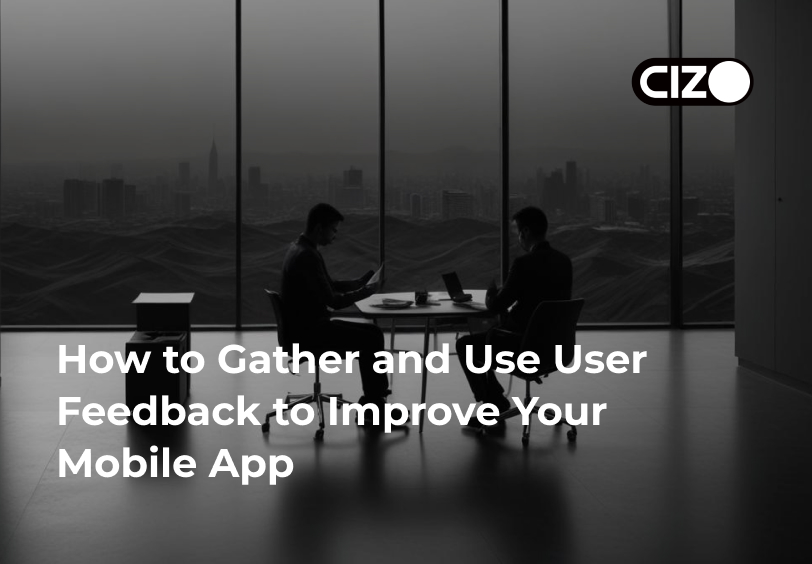 25th April 2024
25th April 2024
Boost React Native App Performance: 7 Must-Know Techniques
Imagine this: you’ve poured your heart and soul into a fantastic React app. It’s sleek, feature-rich, and boasts a killer design. But then, disaster strikes. Users open the app, and it feels sluggish, bogged down by invisible molasses. Frustration sets in, taps slow, and conversions plummet. In the hyper-competitive world of mobile app development services, a slow app is a dead app. This is where React app performance optimization comes in. By implementing a few key techniques, you can ensure your React Native app stays responsive and zippy, keeping users engaged and happy.
This article dives into seven essential techniques that will supercharge your React app’s performance, benefiting both businesses and developers.
We only collect information for business use as detailed in our Privacy Policy
1. Use of Stateless Components and React.PureComponent:
Imagine every time a user taps a button, your entire app re-renders. Yikes! This is where stateful components can become a performance bottleneck. React offers two solutions: stateless components and the React.PureComponent class component. Stateless components are lightweight functions that simply render UI based on props, avoiding unnecessary re-renders. React.PureComponent performs a shallow comparison of props and state on every update, re-rendering only if a change is detected.
2. Memoization: Your Caching BFF
Think of memoization as remembering things for your app. When a component’s output depends solely on its props, re-running the entire rendering function on every update is wasteful. Here’s where memoization comes in. Using the React.memo hook for function components or extending the React.PureComponent class for class components, you can cache the component’s rendered output based on its props. This significantly reduces unnecessary re-renders, especially for components that perform expensive calculations or data fetching.
3. Code-Splitting: Load Only What’s Needed, When It’s Needed
Imagine a massive code bundle that takes forever to download. Yawn. Code-splitting allows you to break down your React app into smaller chunks. Users only download the code they need for the current screen, resulting in faster initial load times and a smoother user experience. This is particularly beneficial for large and complex apps.
4. Virtualization: Make Long Lists Fly
Long lists of items can cripple app performance. Virtualization comes to the rescue! This technique renders only the visible portion of the list, creating the illusion of a continuous list. As the user scrolls, new items are rendered on-demand, keeping the app responsive and smooth. Popular libraries like React Window or react-virtualized can simplify this process.
5. Lazy Loading Images: A Picture is Worth a Thousand… Milliseconds?
Large images can significantly slow down your app’s loading time. Lazy loading comes in clutch here. This technique defers loading of images that are not currently visible on the screen. Users see the content first, and images load progressively as they scroll, resulting in a faster perceived load time.
6. Embrace Immutable Data Structures
Imagine the chaos of constantly rewriting a grocery list. Similarly, constantly mutating data in React can trigger unnecessary re-renders. By using immutable data structures, where a new object is created with the updated data instead of modifying the existing one, React can efficiently identify changes and update only the necessary parts of the UI. Libraries like Immutable.js can streamline this process.
7. Profile, Analyze, and Conquer!
Performance optimization is an ongoing process. The best way to identify bottlenecks is by profiling your React app. Browser developer tools like the React Profiler allow you to pinpoint slow-rendering components and optimize accordingly. Remember, continuous monitoring and analysis are key to maintaining a high-performing React app.
Conclusion
By implementing these techniques, you can ensure your React app delivers a lightning-fast and engaging user experience. Remember, a smooth and responsive app is an investment in user satisfaction and ultimately, your bottom line. Now that you’re armed with these performance-boosting techniques, are you ready to take your React app to the next level?
At Cizo Technology Services, we specialize in implementing these techniques into our cross platform app development services to help businesses to maximize the performance of their React Native apps. Whether you’re looking to boost conversion rates, increase user engagement, or simply stay ahead of the competition, our team of experts is here to guide you every step of the way.
A PROJECT WITH CIZO?











 hello@cizotech.com
hello@cizotech.com +91 79907 01039
+91 79907 01039 


